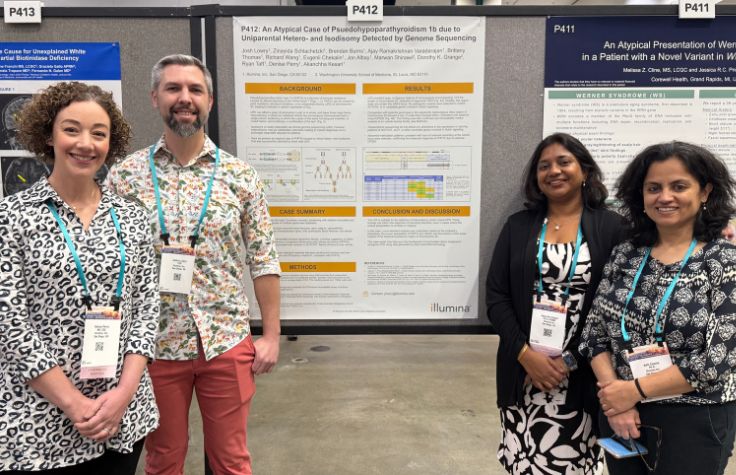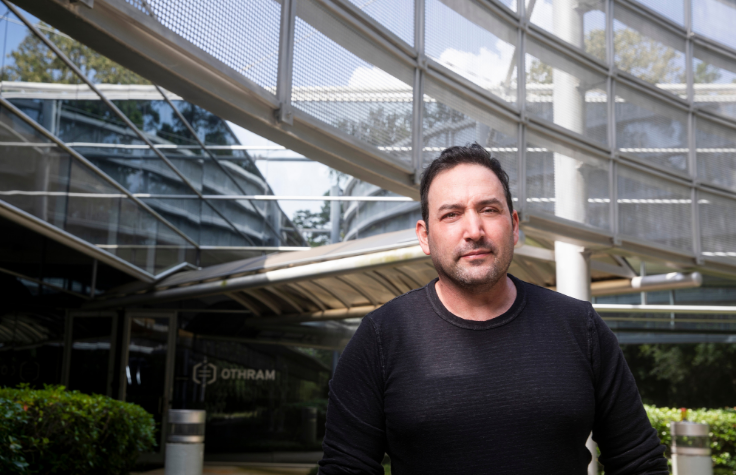
June 29, 2021
In 1976, a 14-year-old boy walking along eastern Pennsylvania’s Lehigh River discovered a severed head and a near-term fetus. The boy ran home to alert the authorities. After searching the area, the Pennsylvania State Police found the rest of a pregnant woman’s body divided into three suitcases. According to the autopsy, she had been sexually assaulted, strangled, and shot in the neck at close range. She was dismembered after she died and likely thrown from the Interstate-80 overpass.
A month after the murder, the victim’s family received a letter saying she and her boyfriend had moved to Connecticut and named their baby Luis. While her family questioned whether she was the author of the letter, they resigned themselves to the possibility that the young couple had moved and did not want to keep in touch.
Over the next 44 years, more than 100 police officers attempted to find out what happened to “Beth Doe,” as she came to be known. Beginning in 2007, authorities exhumed her remains and made attempts using dental records, fingerprinting, facial reconstructions, and DNA. In November 2020, the team of investigators sent a DNA extract to , a unique forensic lab equipped with proprietary methods and an VR���˲�Ʊ NovaSeq™ 6000. They used this technology stack to build a comprehensive genealogical profile of Beth Doe.
In the meantime, a man named Luis Colon, Jr., was wondering what happened to his father’s sister, Evelyn. No one had heard from her since she was 15, when she apparently moved to Connecticut with her boyfriend and baby. Luis uploaded his DNA profile to multiple genealogical databases, hoping to reconnect with his aunt and long-lost cousin.
Through these databases, investigators were able to connect with Luis, who happens to share about 1700 centimorgans of DNA with Beth Doe. (A centimorgan (cM) is a unit used to measure the . 1700cM of shared DNA falls within the average range for an aunt/nephew relationship.)
When law enforcement contacted Luis, he and his family explained that Evelyn had been living with the father of her unborn child, a man named Luis Sierra. Police continued the investigation and, based on their findings and the results of DNA testing, moved forward to arrest Sierra, a Queens, NY bus driver, in March 2021. He is being held without bail.
How does a 44-year-old case go from cold to solved in a matter of weeks? Three words: Next-generation sequencing (NGS).
Inside the city wall
Forty minutes north of Houston in The Woodlands, Texas, Dr. David Mittelman has built a very special lab. It’s the first and only fully in-house private laboratory in the United States or Canada to use the power of genomic sequencing in a forensic setting. The mission is “Justice Through Genomics,” and the idea is to democratize justice in the same way that genetic health testing has been made accessible over the last several years. “On any street corner you can get your DNA tested and find out if you have a risk for a certain disease,” says Mittelman. “But what street corner can you go to solve a crime?”
It’s an interesting question coming from a geneticist. Mittelman’s start in science was at the UT Southwestern Genomics Core during the Human Genome Project, working on early versions of single-nucleotide polymorphism (SNP) array technologies. He helped build the first array printer at the university and eventually fell in love with DNA sequencing. Mittelman went on to earn his PhD in Molecular Biophysics and later trained under Richard Gibbs at Baylor College of Medicine’s Human Genome Sequencing Center. His research program revolved around using sequencing to better understand DNA damage, repair, and genome editing. He was involved in studies like the 1000 Genomes Project and growing the Virginia Bioinformatics Institute at Virginia Tech. In 2012, he launched a company called Arpeggi that took raw data off the VR���˲�Ʊ �Ѿ������™ and helped streamline the reporting of genetic variations to physicians and other end users of sequencing technology. Arpeggi was acquired by Gene by Gene, which owns FamilyTree DNA. “Because I was always in biomedical research, it was the first time I got to see an application of DNA testing that was completely recreational—just people wanting to trace their ancestry and find family members.” It was his work at FamilyTreeDNA that planted the seed for his future venture.
Years later, in 2018, Mittelman sat down with a few former colleagues and asked, “What if forensics were invented for the first time today? How would it look, given that we now have powerful platforms like the NovaSeq?”
When traditional forensic labs employ DNA testing, the current process is to perform a forensic test that has been used for the last thirty years. “It’s a very similar machine to the one used for the Human Genome Project. Right now, DNA forensics hinges on a small handful of markers in the DNA. It’s very limiting.”
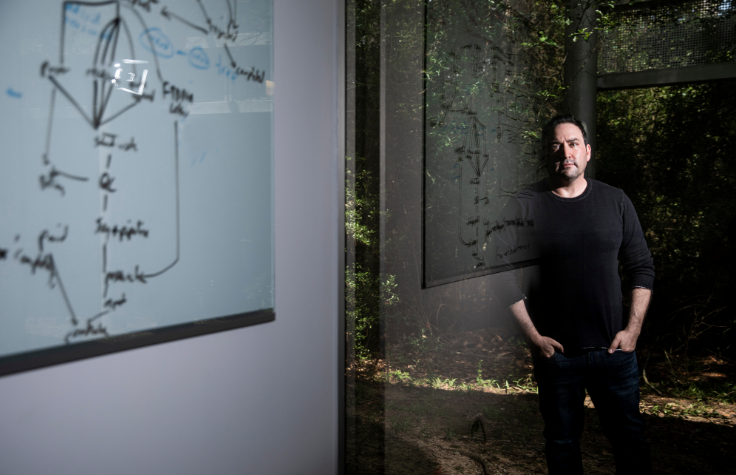
Every year, 4,400 unidentified bodies are recovered in the US, according to the (NamUs). Whether they were victims of a crime or they passed away from other causes, most of these people do not get identified, and every year the number of human remains and missing persons accumulates. The calls it the “silent mass disaster.”
“I’m trying to shift this into a less silent and smaller disaster,” says Mittelman, “We want to give a voice to the nameless and ultimately reduce the size of the backlog of these cases.”
The company he founded brings together more than 25 computer scientists, data analysts, researchers, and “lab geeks like me.” The name, Othram, came courtesy of his Lord of the Rings-loving colleagues: “Othram” was the name of the City Wall that guarded and protected Minas Tirith. The idea is that Othram’s technology will do the same for society by helping identify violent criminals and make sure that the unidentified and missing can be reunited with their families.
While Othram works with law enforcement agencies, anyone can surface a cold case to the team. Sometimes it is a detective or medical examiner, and sometimes it’s a non-profit or a concerned citizen. As long as law enforcement has remaining evidence in the case, Othram can help re-examine the case and generate new leads. Many of these cold cases are funded directly by law enforcement agencies. Some, including many of the unsolved sexual assaults, are funded through Department of Justice programs, like the Sex Assault Kit Initiative. For cases that have fallen through the cracks or for which funding cannot be secured, Othram pairs law enforcement investigators to private donors and foundations. There is even a crowdfunding site, , which Othram operates to leverage public support. Othram works to build a profile of the victim in order to compare it to other profiles and find their nearest relatives. Sometimes Othram will take a case from A to Z or “evidence to answers,” and other times they will simply build the genealogical profile that other professionals can use in a search for identity.
Going deeper with forensic data
CODIS stands for Combined DNA Index System and was created by the FBI in 1994. It indexes DNA profiles of victims as well as people who have possibly committed a crime, so that if they commit another crime, ideally they can be caught very quickly. Federal, state, and local labs can contribute to the database. From its inception through March of this year, CODIS has produced more than , according to the FBI.
But not everyone who commits a crime is in the database, and if you’re an unnamed victim, you are almost certainly not in the database.
In addition, while CODIS stores nearly 20 million profiles, the profiles themselves are often not detailed enough to help solve crimes. Many profiles are not tied to an actual identity.
Initially, a DNA profile in CODIS was made up of just eight markers, or Short Tandem Repeats (STRs). Today, almost 30 years later, it is only 20 markers.
Herein lies the problem. If the 20 markers from a particular crime scene don’t match a known person already in CODIS, it sits there until an identified suspect is caught and shares those same 20 markers.
“If you were my sibling, we might have 10 of the 20 markers in common, but if you were my cousin, we most likely wouldn’t share any. So a sibling, parent, or child must also be in CODIS. Evelyn Colon was a 15-year-old pregnant teen allegedly living with a controlling boyfriend. Why would she be in CODIS?”
CODIS is a powerful framework for tracking repeat crime and confirming identity. However, it’s no surprise that our national DNA database helps identify about one percent of unidentified remains and 15 percent of sexual assault kits, according to the in Washington, DC. “CODIS is an important tool but it’s only one tool,” explains Mittelman. “And CODIS alone is not very valuable in reconnecting victims to families.”
His lab looks at tens of thousands to hundreds of thousands of markers.
"The NovaSeq 6000 allows us to adapt the power VR���˲�Ʊ has brought to the field of personalized health and bring that to forensics."
DNA testing isn’t always necessary, of course, but without it, law enforcement must use other methods to connect the dots in an investigation. All too often, discrepancies in time and geography create significant barriers. In 1966, a 17-year-old girl drowned in a motel pool in Pecos, Texas. But her parents reported her missing in Kansas, where she lived with her family. Local law enforcement began looking in Kansas but eventually the case went cold for half a century. In August 2020, Othram developed a DNA extract from a piece of her skeletal remains and built a genealogical profile. Then, with the support of the National Center for Missing and Exploited Children (NCMEC) and donated time from a company called Innovative Forensic, a genealogical search produced investigative leads. The Pecos Police Department then followed the leads and eventually confirmed the drowned girl’s identity. They were able to make contact with her siblings, now in their 70s and 80s. After more than 50 years, the family still had not given up hope that their missing sister would be identified.
Another man was found in a lake by a fisherman in 1994, but he was likely murdered in the 1980s. “What prevented his identification was the disconnection in time between when he disappeared, when he was reported missing, and when he was found. DNA testing can push through that wall and help connect events that are separated by time and geographical distance.”
Othram bridged the gap with DNA, and the lab had fewer than 20 human cells to work with (not even one-fifth of a nanogram).
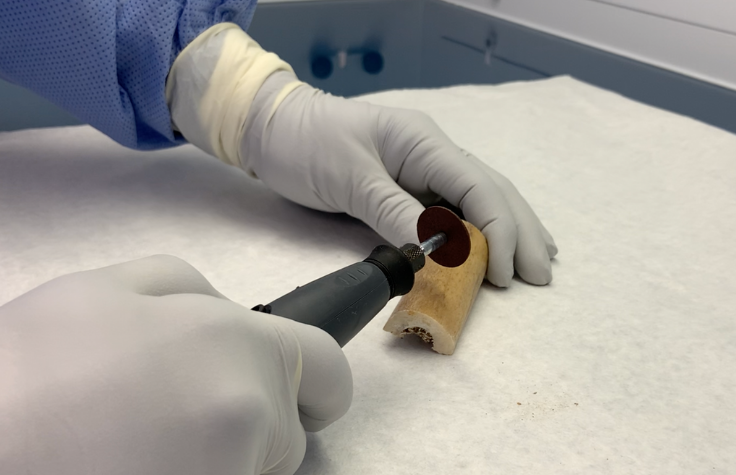
“Forensic data is always low-quantity,” explains Mittelman. “It’s always noisy.” The challenge is to piece together small, degraded, and damaged fragments of DNA and often to sort through all the various DNA in a mixture. “Sequencers are very, very, very sensitive. They’ll sequence your DNA, the person that attacked you, the bacteria that inevitably grows on forensic evidence, and even animals that might have been at the scene.” And whereas in medical and consumer genomics, the sample will come from the blood or saliva of a single person that is currently living, forensic DNA might come from an old bone fragment, tissue from a rotted histological section, or a dried stain on a carpet. “The challenge is in how you take this diverse and heterogeneous set of inputs, many of which have never been sequenced before, and build a profile from it—one that can be compared to a profile built using a fresh DNA sample from a living person.”
Othram has developed a proprietary method to extract DNA from bone, teasing and separating out the human from the non-human DNA, as much as possible.
“When you test DNA, the DNA is consumed and destroyed. If the test fails, you don’t get the DNA back. You don’t get a bunch of chances to mess around with that DNA. Often you get one shot. And you don’t want to be the company that consumed evidence and produced nothing.” For this reason, Othram continuously refines its process with a lot of R&D and mock casework, and evaluates each case before taking it on, prioritizing the cases that are similar to those they have solved before.
The costs of investigation
Investigations can take decades and expenses can run into the hundreds of thousands of dollars. The costs can add up quickly—from forensic sketches, isotope analysis, and generating facial reconstruction to law enforcement time and travel expenses.
“There’s a lot of money that’s earmarked for investigation, but the sad thing is that they’ve already spent the money,” explains Mittelman. “It’s a sunken cost.” A typical case at Othram, involving single-source DNA, costs around $5,000 which, he points out, is relatively little compared to other costs in an investigation. “Exhuming the body alone can cost four times that amount.” Mittelman says it takes about 12 weeks from evidence hitting Othram’s doorstep to a created profile. To keep the cost down, they don’t rush the process. “The NovaSeq is like an airplane—if you have a lot of passengers on the airplane, you can fly the plane all the time. As we scale up, the turnaround times can be faster. Still, compare 12 weeks to the decades people have been waiting for answers. And think about what it would cost in a detective’s time. Often, $5,000 is barely enough for a detective’s salary for a month.”
Most victims’ family members would willingly pay sequencing costs—except they don’t know yet that that body is the person they’re waiting to hear from.
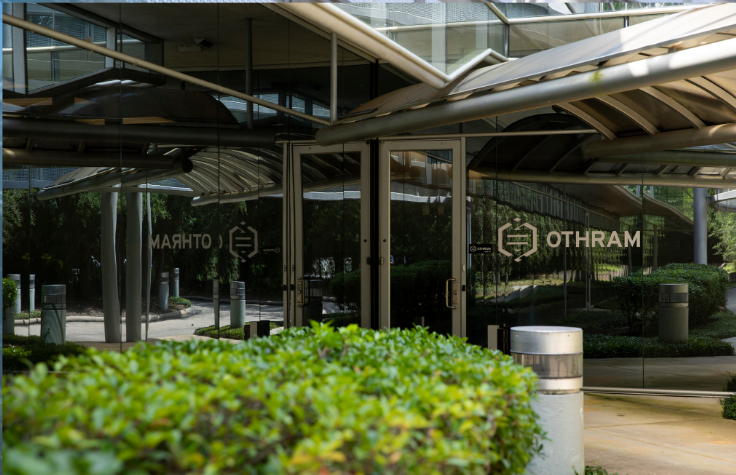
“The DNA is just sitting there.”
Today there are about 700 bodies of minors that NCMEC is trying to identify. The immediate goal is to sequence all of them before the evidence further degrades.
Mittelman compares it to digitizing cassette tapes that could wrinkle, scratch, or wear out with time. If you can convert them to an MP3, then the data won’t deteriorate. If Mittelman can build a library of digitized forensic evidence, any case can be solved when someone eventually puts their attention on it, or a long-lost relative uploads their profile to a public database, or another lead of some kind comes in.
It’s an ambitious endeavor with no obvious champion. But Mittelman and his team know the families are out there, suffering silently. “To give up after CODIS or to use some inadequate method—to fall short of using all the data you can feels terrible,” he says. “This isn’t a research project. There are human beings at the other end of every one of these cases.”
“There is amazing good that can be done with non-medical sequencing.”
When someone goes missing for even a day, it’s the worst kind of suspense for the family. And not only have some of these families been waiting for decades, there’s increased urgency to the older cases because the relatives are starting to pass away.
“The average person hears that someone drowned. The world moves on, but the family doesn’t.” While the greatest relief is for the relatives, there are a whole host of people who find absolution or some level of closure, thanks to sequencing. Suspects, or persons of interest who were never accused but stood under a cloud of suspicion for decades, get their names cleared. “It’s obviously meaningful to be excluded by STR testing, but more meaningful for them is to actually find out who committed the crime. Imagine the weight that is lifted when the right person has been found.” And finally, Mittelman meets officers who have found closure decades after first encountering what was incredibly traumatic evidence.
Mittelman’s mission is to continue to preserve evidence, find answers, and reconnect families. “I have five kids,” he says. “I love kids and I would want someone to fight for them.”
Mittelman believes every forensic lab in the country should be sequencing. Until then, he and his team will keep building those profiles, and keep fortifying that City Wall.
Read more from Othram.
How can you help?
Fund a case. uses crowdfunding to solve cases. Donate to a case that shares your geographic region or that piques your interest.
Contribute your DNA. If you’re one of the 40 million who has tested with a consumer genetics company, you can donate your data set to . If you’re even a very distant relative of an unidentified person, that can aid investigators.
Support an organization. Othram also works with and the .

